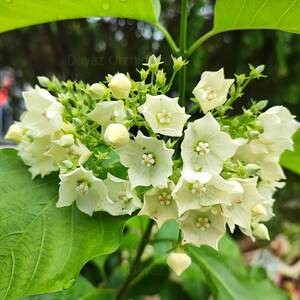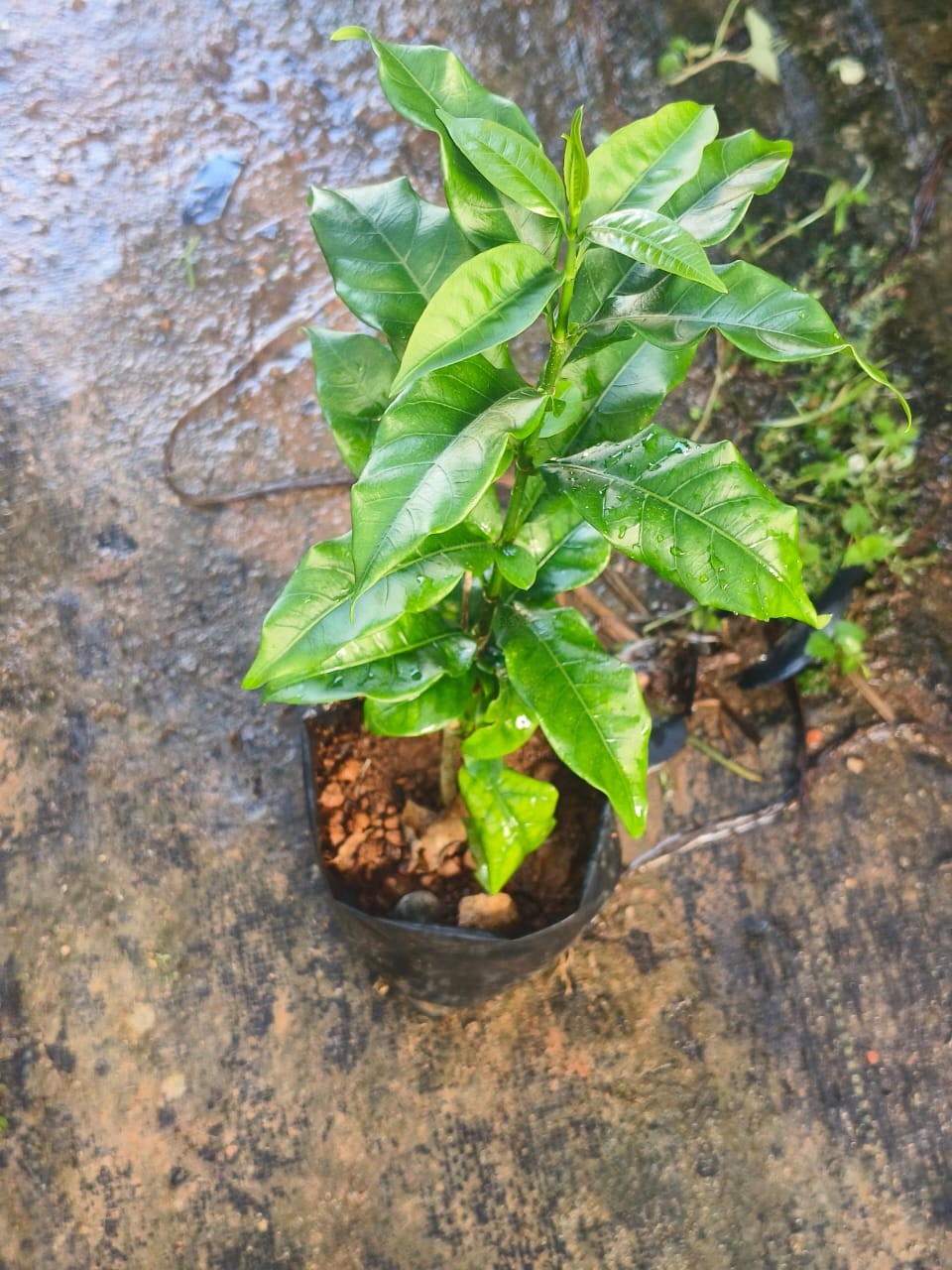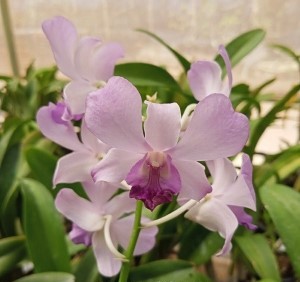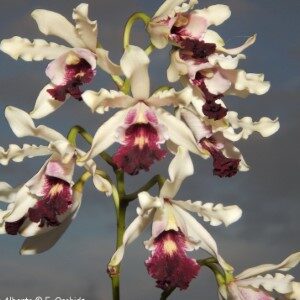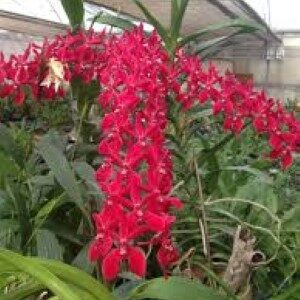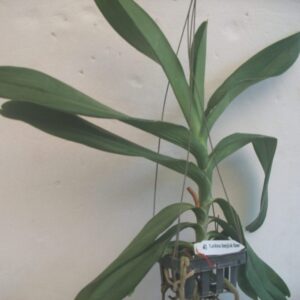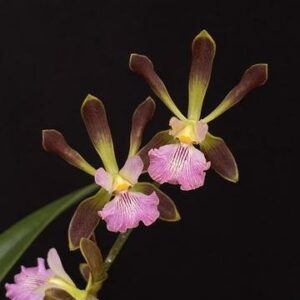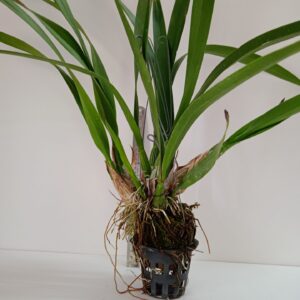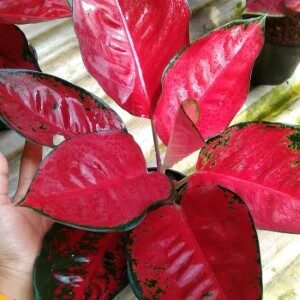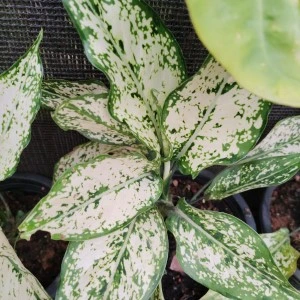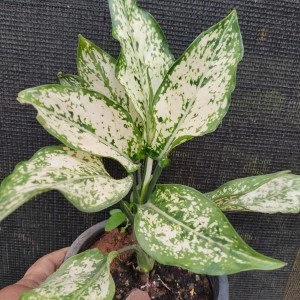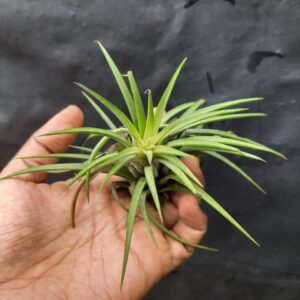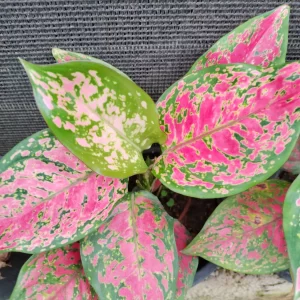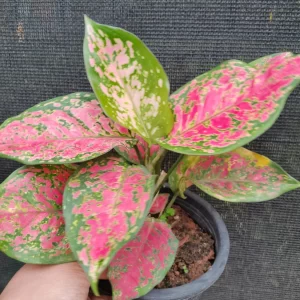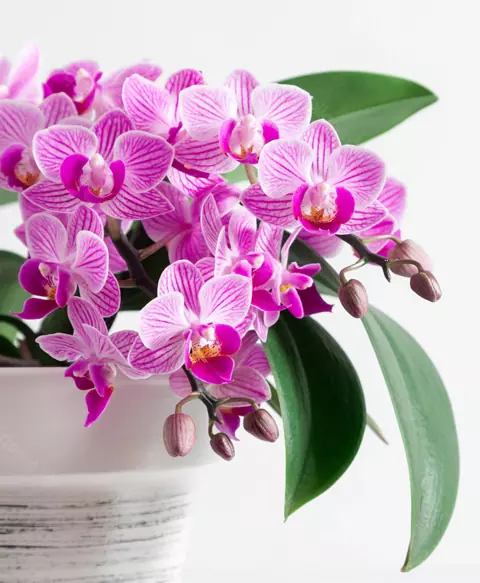“Bread flower” usually refers to Vallaris glabra, a flowering plant native to Southeast Asia. It is commonly known as “bread flower” because its white, star-shaped flowers give off a fragrance that resembles freshly baked bread. The plant is often used in traditional medicine and as an ornamental vine for gardens, due to its sweet scent and attractive appearance.
Temperature
Ideal Temperature: Bread flower plants thrive in tropical and subtropical climates with temperatures between 20°C to 30°C (68°F to 86°F). They are not frost-tolerant, so protect them from cold temperatures.
Fertilizing
Fertilizer: Feed the plant every 2-3 weeks during the growing season (spring and summer) with a balanced, water-soluble fertilizer. Reduce feeding in the fall and winter when growth slows down.
Pruning
Pruning: Regular pruning encourages bushier growth and more flowers. Remove dead or weak branches and trim after flowering to shape the plant and control its size.
Pest and Disease Control
Pests: Watch for common garden pests like aphids, mealybugs, or spider mites. Treat infestations with insecticidal soap or neem oil.
Diseases: Overwatering may cause root rot. Ensure proper drainage to avoid fungal issues.

